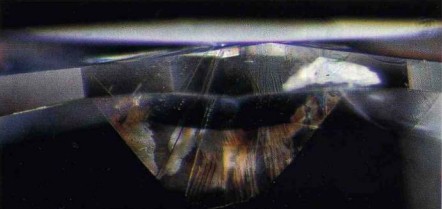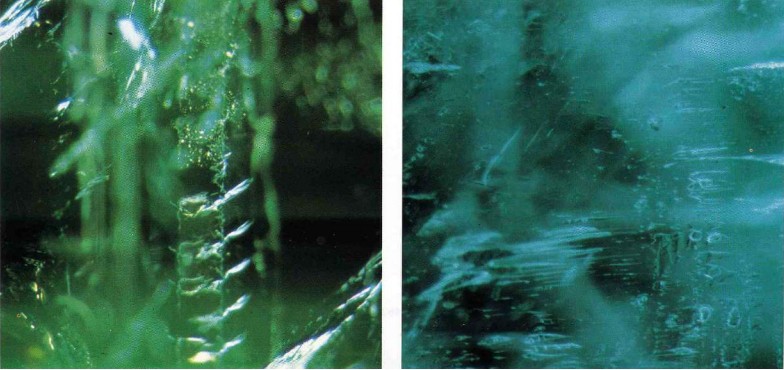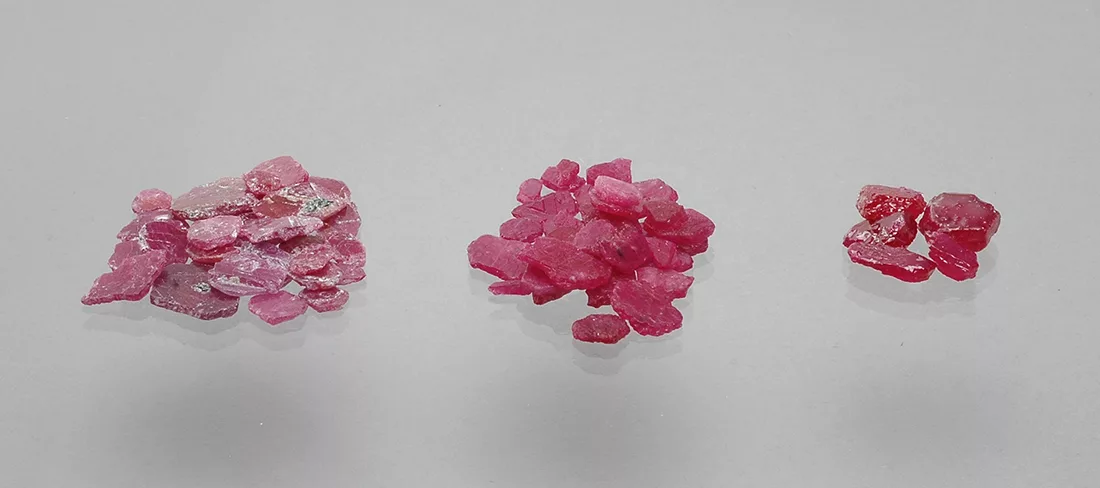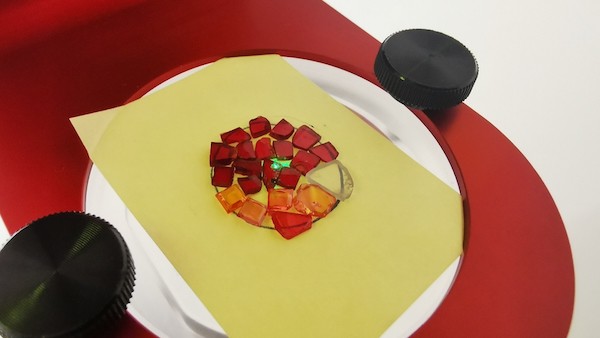
Irradiation Treatment in Rubies and other Corundum Varieties: Update about Ongoing Research at SSEF on this Issue
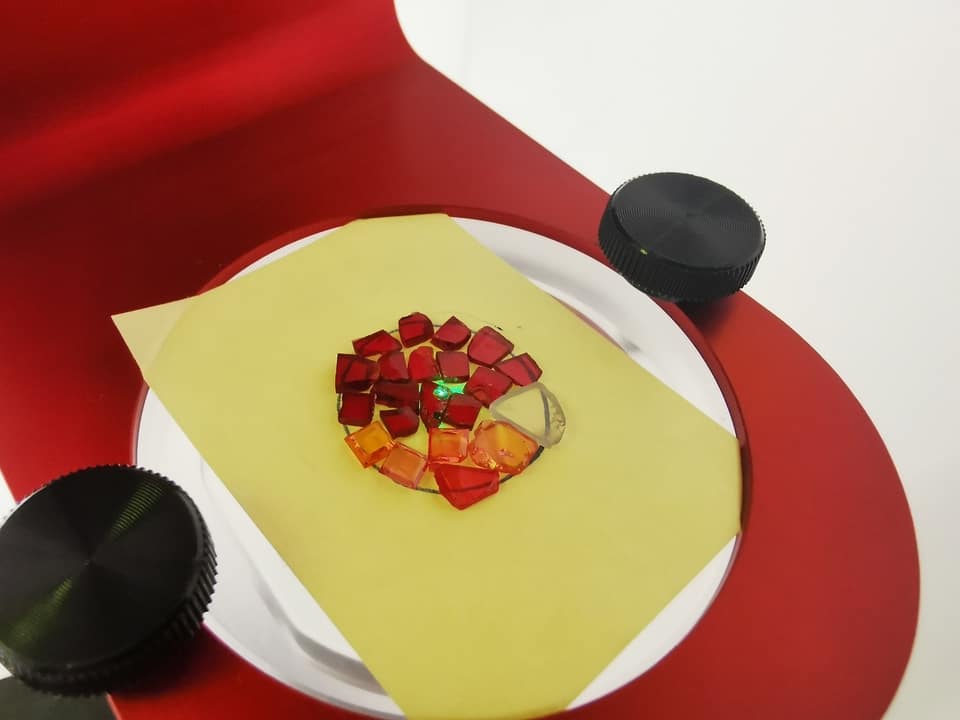
Irradiation of corundum varieties to change and enhance their colour is known since many decades but remains a difficult and challenging issue until today, as no gemmological method is currently known which would allow an unambiguous detection of this type of treatment. The main reason for this is that natural radiation within the host-rock or alluvial gravels of a gem deposit may affect a gemstone over geological times in a similar manner to such a treatment, thereby naturally creating and activating colour centres in corundum.
In the past few months, it became known that certain rubies (e.g. usually those with a slightly purplish red tint) and pink to purple sapphires have been treated by a small number of individuals using cancer radiotherapy equipment. Consequently, this treatment is known in the trade as “hospital” treatment. This form of irradiation treatment can induce and/or activate a colour centre that may result in a shift to a more attractive colour hue, which is however often not considered stable. Unfortunately, these stones were usually sold without disclosing this treatment.
In order to identify analytical criteria to detect such irradiation treatment in ruby and other corundum varieties, SSEF has launched over the past year a major research initiative bringing together SSEF researchers with leading external scientists and specialists. In doing so, SSEF has invested considerable resources into research on this highly complex issue. Our main collaborating partner in this project is a specialised radiosurgery institution in Switzerland. By using their linear accelerator, we have irradiated a number of well characterised ruby and pink sapphire samples with high radiation doses (Figure 1).
Preliminary data from these experiments show the following:
– Not all samples react and change their colour hue as a result of irradiation treatment. This is specifically the case for saturated red rubies in which we could not observe a change in colour so far.
– The situation is however different for rubies of pinkish to purplish red colour and pink and purple sapphires. Most of these samples changed colour to a distinctly more orange hue.
– But in most cases, this new orangey colour was not stable and returned over time (weeks) back to its original hue.
– In some cases, the colour did not fully return to its original state, and a slight and stable colour shift remained.
We assume that these different reactions to the irradiation treatment is related to variations in pre-existing defect structures (inactive colour centres) and trace element concentrations in the studied corundum samples.
When analysing the samples before and after irradiation, we see that UV-Vis absorption spectroscopy (a widely used analytical method in laboratory gemmology) may in some cases provide information about a possible irradiation status. However, this is so far only applicable if a stone has been seen and analysed before and after irradiation. Figure 2 shows a pinkish red ruby before and after irradiation treatment. No real shift of colour could be observed visually. But as is evident from the absorption spectrum in Figure 2, a small colour centre was induced by the treatment, leading to a slight change in the absorption curve. In order to establish a detection method in the near future, such preliminary findings are very helpful and have to be complemented with further analytical criteria and methods currently being developed at SSEF and other laboratories.

It is important to note that the preliminary results of our irradiation experiments are in good accordance with findings by other gem laboratories, with whom we also regularly share our research findings (e.g. within the LMHC group) with the aim of supporting the trade with regards to this issue.
As mentioned above, most of our irradiated samples were not stable in colour after irradiation treatment. Although no detection of this treatment is possible so far, SSEF expanded its colour stability testing protocol to rubies over a year ago (see also our newsletter from March 2022: https://www.ssef.ch/new-additional-test-at-ssef-for-the-colour-stability-of-rubies/), with the aim of offering the trade a reliable conclusion about the colour stability of tested stones. Since then, SSEF has tested the colour stability of thousands of rubies (mostly from Mozambique) from our research collection and clients. So far, no shift of colour has been observed for any of the tested rubies, which can be considered positive for our clients and the trade.
To conclude, irradiation in corundum is nothing new and was first researched and documented in detail in the 1970s (Pontnau and Adde, 1976; Nassau, 1980). What is rather new is that a small number of people in the trade have actively used cancer radiotherapy equipment to irradiate corundum, and that such stones have to a certain extent entered the gem trade. It must be acknowledged that both scientific knowledge and instrumentation to test gemstones are rapidly evolving. It has always been our policy to be very transparent with clients in such situations. Whenever we have finalise a research project and establish unambiguous criteria to detect a new treatment or to assess the origin of a gemstone, we will inform the public and gemmological community about our findings (e.g. by a press release, and/or publication in an openly accessible journal).
If you have any questions please don’t hesitate to contact us: gemlab@ssef.ch
Want to learn more about rubies?
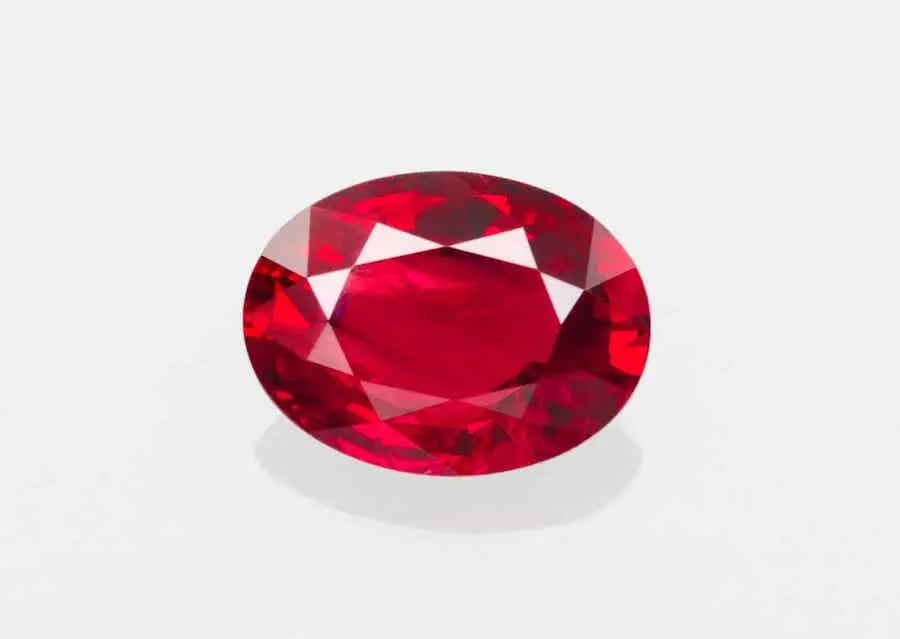
Start your journey to becoming a ruby expert in this free online course.
Learn all about rubies. Their fascinating history, how they form, where they come from. Learn about all the different origins of rubies and their treatments. Take this course as an introduction to the wonderful world of rubies.
